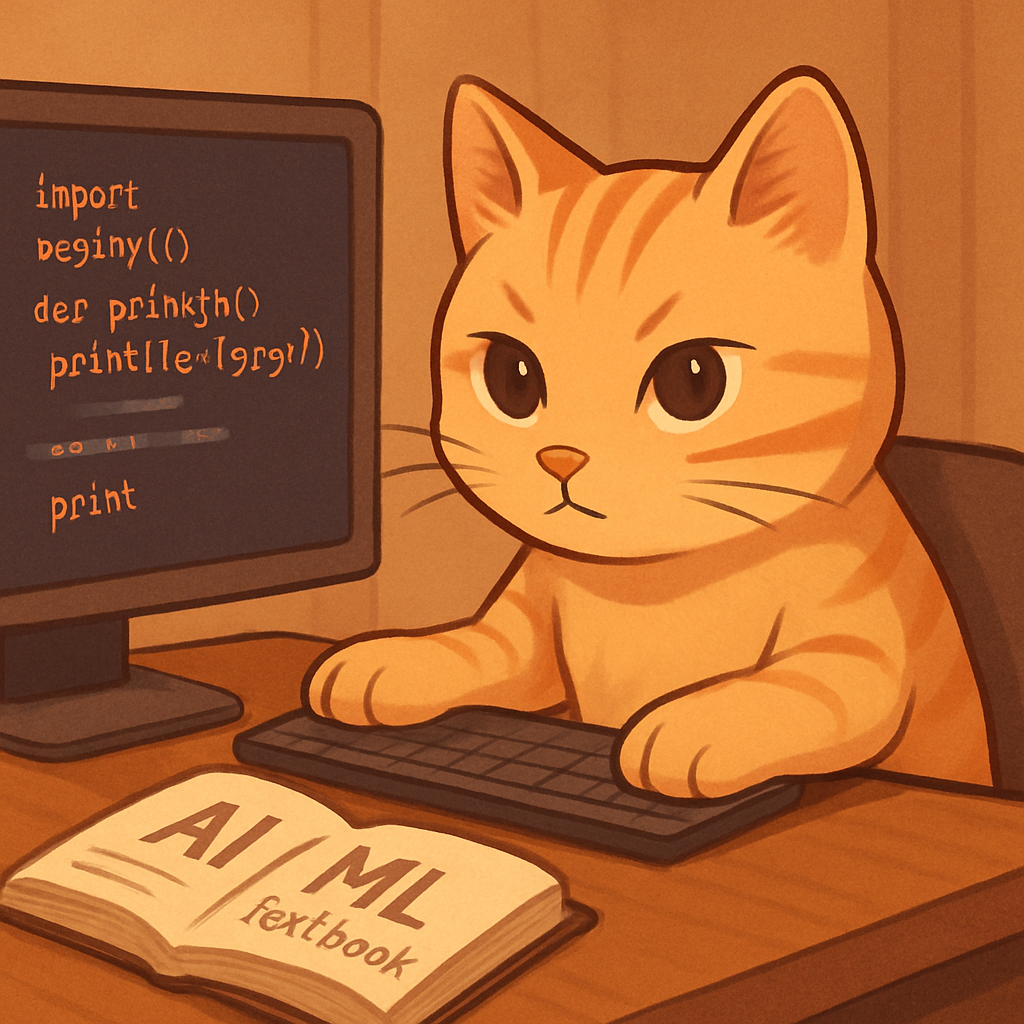Exploring Trading Strategies: From API-Based Speed to Randomized ‘Monkey’ Methods
Background
As I started working with real-time stock data from the Kiwoom API, my immediate idea was to build a strategy around speed. Specifically:
If I can spot a surge in volume faster than others, maybe I can enter the trade before the majority.
Strategy 1: API-Based Fast Entry
The first version of my strategy used API-fed volume data to identify sudden spikes and enter trades early. The theory was simple:
- Monitor real-time volume
- When volume spikes relative to previous day, buy in
- Hold briefly, then sell for profit
Result:
- Entry was faster than manual
- But… many entries were already too late
- Most price had already jumped by the time my trigger fired
I realized that by the time a signal becomes detectable, it may already be too late for execution-based strategies to yield alpha.
Strategy 2: The Monkey Theory (Random Picks)
Frustrated with signal-based approaches, I turned to something radically different — the Monkey Theory.
If markets are noisy and fundamentally unpredictable, could random selection outperform overfitted rules?
This theory suggests that randomness may outperform naive heuristics. “Beginner’s luck” might not be luck — it could be randomness outperforming over-strategy.
Example Code: Random Pick Strategy
import random
# Simulate buying random stocks
kospi_stocks = ["005930", "000660", "035720", "068270", "207940"] # example tickers
random_portfolio = random.sample(kospi_stocks, 2)
print("Today's picks:", random_portfolio)
# Hypothetical: Next, you could fetch their daily % change and track results
Surprisingly, in some backtests, this beat my speed-based entries — at least in terms of simplicity and variance.
Strategy 3: High-Frequency Buy/Sell
Next, I tried a fast-in/fast-out bot:
- Buy anything that surged >3% in 1 minute
- Sell 1-2 minutes later
The problem:
- You need to catch the surge at the exact moment
- If you’re late, losses accumulate fast
- False positives are common in volatile markets
This strategy showed how implementation lag is a real issue — both in software and in human reaction time.
Reflection and Final Thoughts
After experimenting with these approaches, I circled back to my original idea — but with more realism. Now, I aim to:
- Use volume analysis for watchlist filtering, not live trading
- Combine it with basic random sampling to reduce bias
- Eventually let ML models decide what kind of behavior leads to returns
What I Learned
- Fast ≠ profitable — latency and reaction time limit edge
- Randomness isn’t dumb — it’s often better than overfitting noise
- Automation is only as good as your signal timing
Sometimes, thinking like a monkey isn’t a joke — it’s a baseline to beat.
Next Steps
- Build a logging system to track random picks vs signal picks
- Simulate PnL (profit and loss) over 30 days
- Create hybrid strategies using both randomness and real indicators
